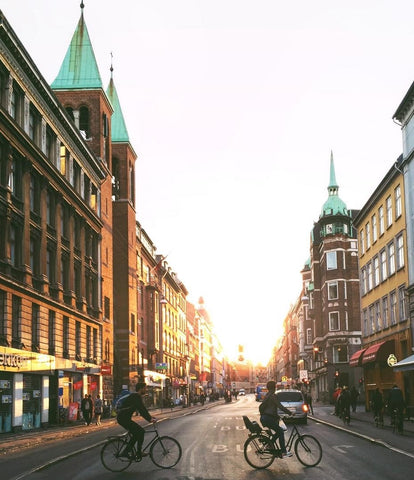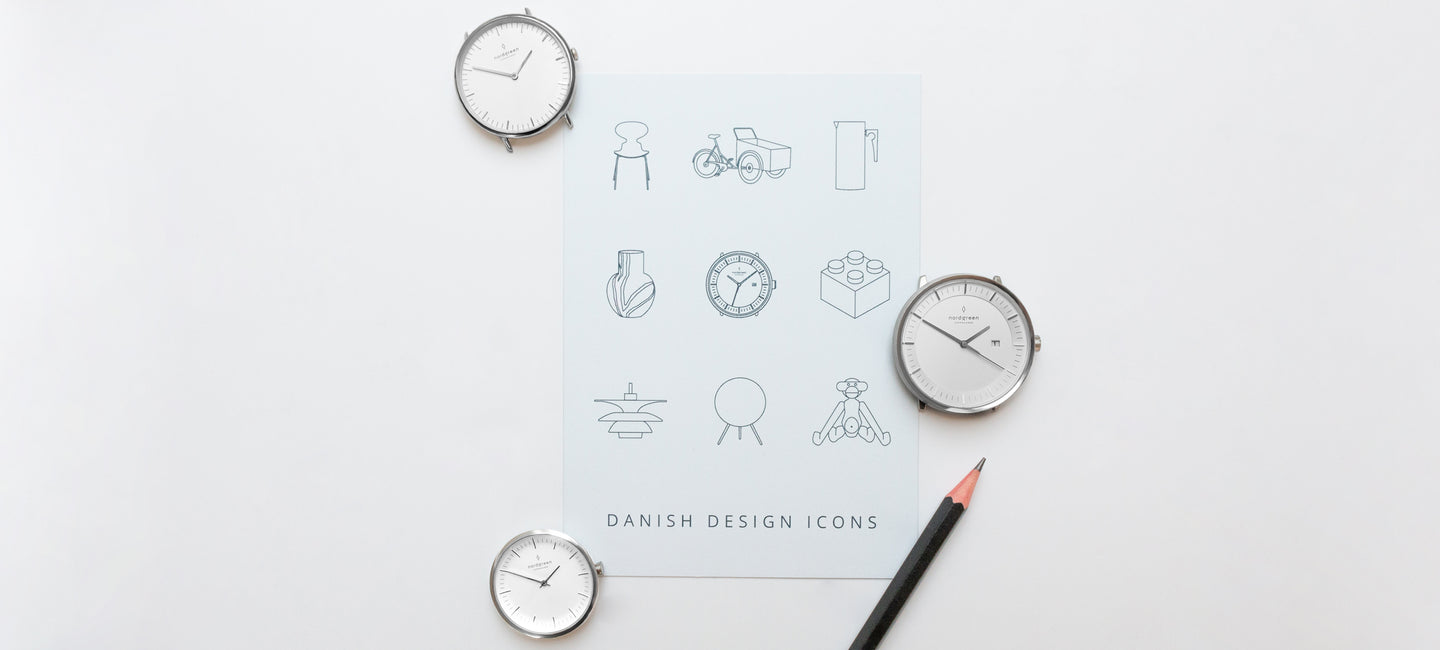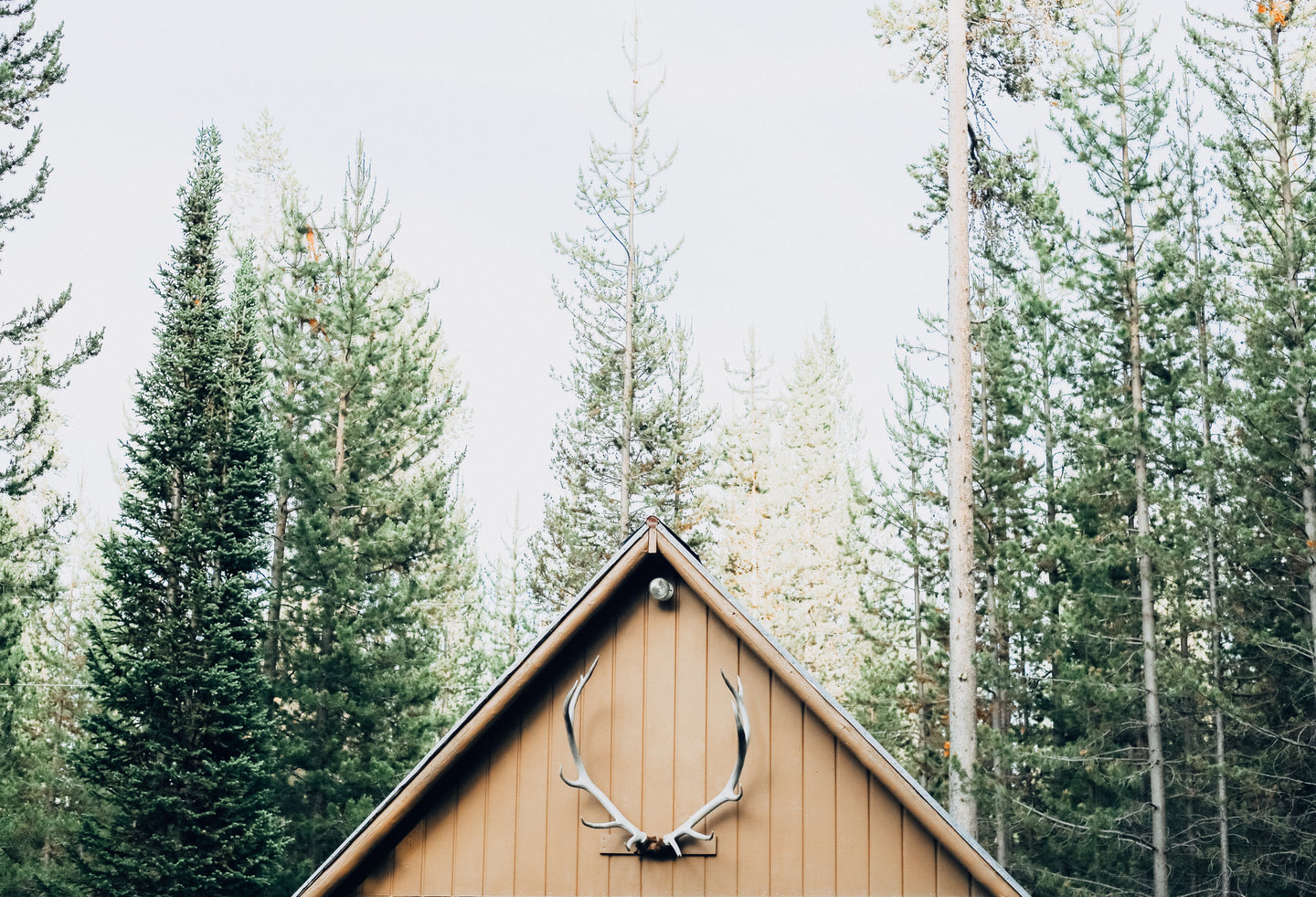Nordic Culture & Lifestyle
20 Interesting facts about Danes
Danish winters are gray and cold, it’s always raining and there’s nothing Danish people love eating more than licorice. Did you already know this? Learn about a wide array of details that characterize Danes. From secrets of their tax system, to more well-known facts, some of these points are sure to be eye-openers.
- The Danes are recognized as the happiest people in the world
An unlimited number of surveys and studies have established the Danes as the happiest people in the world. No matter how happiness is measured, the results continue to be the same. No wonder! If you spend some time in Denmark, you soon realize how relaxed the people are. No one hurries from appointment to appointment, instead they take time to enjoy the moment. This can be explained by some of the facts that will be shared about the working life and social system.
2. There are no mountains no matter where you look.
Want a hiking holiday in Denmark? This unfortunately won’t happen for you. In Denmark you can keep looking but won’t find any mountains. The highest points, Yding Skovhøj and Ejer Bavnehøj are 172 meters and 171 meters respectively, both found in Jutland. The country is flat which leads us to the following advantage for our next point.
3. Biking is amazing

Shallow land may not be a winter sports fan’s dream, but it is ideal for getting around by bicycle. It should come as no surprise that Denmark was voted the most bicycle-friendly country in Europe in 2013. The 10,000 kilometers of cycling network with sign posts, stretches across all of Denmark and stands out with a stunning landscape with fantastic coastlines on the North Sea and Baltic Sea. Denmark is the place to be for cyclists. There are over 2.4 million more bicycles than cars in Denmark. There is still a daily rush hour but, you can enjoy the fresh air in the meantime. Great for everyone with a 9 to 5 job, anyone who would like to be more active and more environmentally friendly. A great example that other countries could try out.
Picture 1: Nørrebrogade by Thomas Høyrup Christensen via Copenhagenmediacenter
- In Denmark you literally jump into the new year
Most countries have special traditions for New Year’s Eve. The Danes jump quickly from a chair right before midnight. The idea is that it brings good luck. The celebration begins early, with the national address by the Queen. The program is completed by an airing of “Dinner for One” and the bell going off at Copenhagen City Hall.
5. The Danes are extremely trusting
The Danes are relaxed and trusting towards their fellow human beings. It’s not unlikely that a stroller with a baby in it stops in front of a café, while the mom catches up with other mothers inside, leaving the child unsupervised.
6. Credit cards are needed everywhere
You will be hard pressed to find Danes who actually keep change in their wallets. Everything is paid for by credit card. From the supermarket to the nightclub (including the wardrobe), to the flea market. The majority of Danes use mobile pay. Here you can transfer money back and forth via an app – it works in most restaurants and shops.
7. Everything is electronic
![]() Everything runs without cash and electronically. Receipts can be requested online and sent. This eliminates the hassle of waiting and saves time.
Everything runs without cash and electronically. Receipts can be requested online and sent. This eliminates the hassle of waiting and saves time.
8. Health care and education are free
Well, almost: health care and education are made possible by the typically very high taxes that Danes pay for everything (food, alcohol, electronics, cars). Students receive monthly financial state support simply for being enrolled in college. This means that in Denmark, everyone, regardless of career, has the opportunity to receive excellent health care as well as education. A national system that should serve as inspiration to other countries.
9. The Danish lifestyle is all about “HYGGE”
The word “hygge” is unique to the Danish language and describes the feeling of coziness and warmth that you feel when you spend time with valued people and enjoy life together. The concept became widespread in 2016, partially because a book came out dealing with it. In Denmark, it’s the everyday standard. Especially prevalent during winter months.



10. Surrounded by sea
Denmark is made up of many small islands. As previously stated, there are hardly any mountains. This also means you are never further than 52 km from the sea. So, it takes maximum one hour to look over the horizon and on to the open sea.
Last but not least a few fun facts:
-
- If you aren’t married when you turn 25, you will be pelted with cinnamon.
- Danes eat an average of 42 sausages per year, these are available everywhere and in all shapes and sizes. Hotdogs are particularly popular.
- Danes can drink milk with any meal, including lunch. Since it binds Vitamin D so well, it’s especially useful in the traditionally dark Danish winters.
- LEGO was invented by a Dane and can now be admired with the whole family at Legoland in Billund.
- There are more pigs in Denmark than humans.
- Danes are addicted to coffee - according to statistics, they drink an average of 4 cups of coffee a day.
- There are 18 different shark species living in the Danish waters.
- Denmark is home to the two oldest amusement parks in the world. This includes the Tivoli Gardens in the heart of Copenhagen.
- The Danish language has no word for "please".
- Denmark is considered the least corrupt country in the world
You’ve made it through the list, we hope you are now wiser about the great Danes.
The history of Jakob Wagner
A look at the best of Danish design
Exploring Jante Law: The Cultural Norms in Scandinavian Countries
Danes are known for many things:
From design to handball, to their level of cosiness that is so high, it has its name – "hygge".
If you spend time digging even deeper into the Danish way of life, you'll discover that they have the reputation of being modest and reserved. Just like there's a special word for feeling cosy in Danish, there is a term for the unwritten cultural values governing behaviour in Denmark as a part of the broader Scandinavian society.
Like the bro code, the law of Jante – also known as Janteloven in the local parlance – is an unofficial set of laws that have found its way into the Scandinavian lifestyle.
For an unwritten set of rules which is not enforced by any government, how much water can they hold? Read on to find out how much the Jante law holds for Danish, Norwegian, and some other Scandinavia residents – and what it means in the first place.
Is the Law of Jante Real?
That depends on how you define 'real.'
The Danes and other countries in Scandinavia definition have been living by these concepts for some time now.
As we said up there, the rules are not enforced by any national, state, or local body anywhere. This contributes to the decentralized success status that they enjoy and promise to continue to demonstrate in years to come.
The concept of this social code is such that Norwegian and Danish dwellers have adopted it for themselves, curating their daily lives and societal culture around it such that you instantly sense the presence of such an overarching umbrella of the same behaviours when you step into their midst.
If you don't believe us, read on to find out what the laws say, then interact with a Dane, Norwegian, or a national of any other country in the Scandinavia region if you're not one yourself. You'll instantly see how much they subconsciously embody everything here.
What exactly is Janteloven? - The Ten Rules of Jante
For a proper Dane, the laws of Jante teaches everything to know about average life and societal living, inclusion, humility and achieving a unique state of balance without pride, greed, or jealousy.
There are ten items in the Janteloven, and the provisions are as follows (in English translation from original Danish):
- Rule 1 – Do not think you are anything special
- Rule 2 – Do not think you are as good as we are
- Rule 3 – Do not think you are smarter than we are
- Rule 4 – Do not imagine yourself better than we are
- Rule 5 – Do not think you know more than we do
- Rule 6 – Do not think you are more important than we are
- Rule 7 – Do not think you are good at anything
- Rule 8 – Do not laugh at us
- Rule 9 – Do not think anyone cares about you
- Rule 10 – Do not think you can teach us anything
Law of Jante Explained
The Janteloven is uniquely directed at you, the individual, concerning us/ we, the fictional town.
Looking closely at those cultural rules in this way, you see that they encourage the individual to submit to and be a part of their society.
That is opposed to behaving like an outsider who knows it all ("imagine yourself better" and "think you can teach us anything"), is better than the society at large ("think you are smarter than we," think you are good at anything,") or be so proud that you believe everyone else is beneath you ("think you are anything").
Surveying the law of Jante with a cursory glance makes it look like a drive to make Nordic countries and their residents feel less of themselves. That is totally wrong, with Danes living in the small towns to the big cities always carrying an air of pride of their culture, humble achievements, and global standing around them.
Embracing the fictional law as whole leads to an individual who respects everyone else, integrates with the social norms while challenging ideas that can lead to the betterment of their circle, think on their own and live a life free of regret, unnecessary pride, hateful envy, jealousy, and such other woes.
Where did the Jante Law Janteloven Originate?
These cultural rules come from a satirical novel from the 1930's – 'En flygtning krydser sit spor' (a refugee crosses their track/ a fugitive crosses his tracks) by Danish-Norwegian author Aksel Sandemose.
In the story, the people of Jante, a fictional small Danish town inspired by Sandemose's hometown of Nykøbing Mors, follow 10 behavioural commandments.
Are Danes so traditional that they live by a book from the 1930s? Perhaps it is more likely that Danes always behaved like this, and this is what inspired Sandemose to write the story.
In the Danes' defence, the fictional law is embedded below the surface rather than something people talk about frequently. There are no secret meetings to decide if outsiders are behaving acceptably.
Thus, the success of these laws and moral codes seems to be established based on individuals being responsible enough to adopt the right way to think, feel, evaluate self, respect others, preserve harmony, behave in the society, obey/ challenge norms as they see fit, and maintain a rich cultural background, among other things.
Is the law of Jante still relevant today?
In more ways than one.
There doesn't seem to be regulated teaching to follow the laws, but the way of life of the Danes has helped to pass it down to the newer generations even. At this rate, the laws might just become the most stable, non-formalized rules in the history of Danes and other cultures.
The best part is how the laws cut across cultural circles. Either in personal dealings, group engagements, or business cultural settings, the terms explained in the laws help build a positive environment of social stability.
For a country that ranks so high on the happiness index almost yearly, we think and believe that the ten laws of Jante – and the positive attitude of the Danes towards this moral code – is a contributing factor to that also.
The concept of Janteloven might look old and dated right now, but the fact that it has helped this group of people build such a strong community, from their small-town settings to the bigger country scale, shows how relevant the code will continue to be for the foreseeable future.
How does the Jante law fare today?
The world is evolving as we know it, and the laws of Jante should be applied according to that evolution also.
Norwegian and Danish residents, among other countries in Scandinavia, enjoy some of the best successes and growths globally. It is, thus, little wonder why they are usually so far up in the happiness index.
If the Danes do not start to take their advancements to the world, though, they might not be seen as equal to the bigger nations that are making the waves.
This equality is what the new generation of youth athletes, creatives, artists, and more in Danish societies seek – and it is easy to see how the Jante law looks limiting to them.
Here, managing expectations better is as simple as being proud of your achievements as part of a larger group that helped make it happen, staying modest in celebrating your wins, maintaining a simple lifestyle that reflects your background, and contributing your quota to growing the community.
Even if there wasn't anything called the law of Jante, such self-awareness and good nature are relevant to making the world a simpler yet better place overall.
Places We Love – Reffen
3 Local Experiences To Make the Most of Copenhagen
The Hottest Fashion Trends in Copenhagen
Top 5 Things to Experience in the Nordic Countries
If you do one thing, make it this. You’ll be hard pressed to find a better way to make memories than spending a summer holiday in the Nordic countries (the further north you go, the lighter the nights get, too). They might not be the hottest of summers (that said, a heatwave here and there is known to have happened!), but there’s a lot of magic to them.








